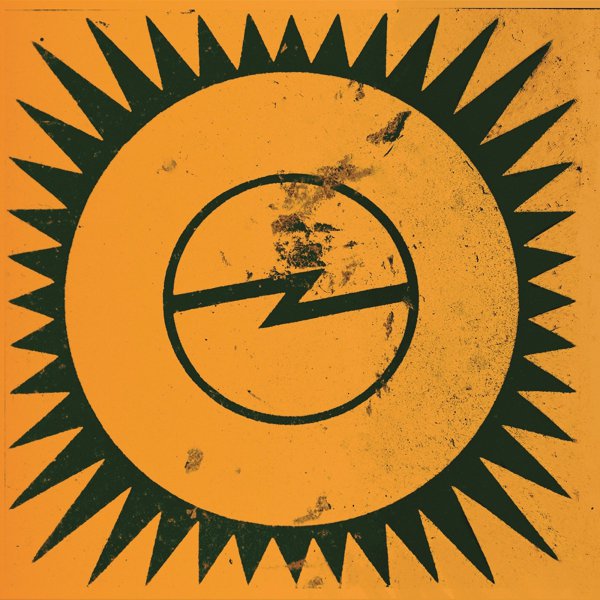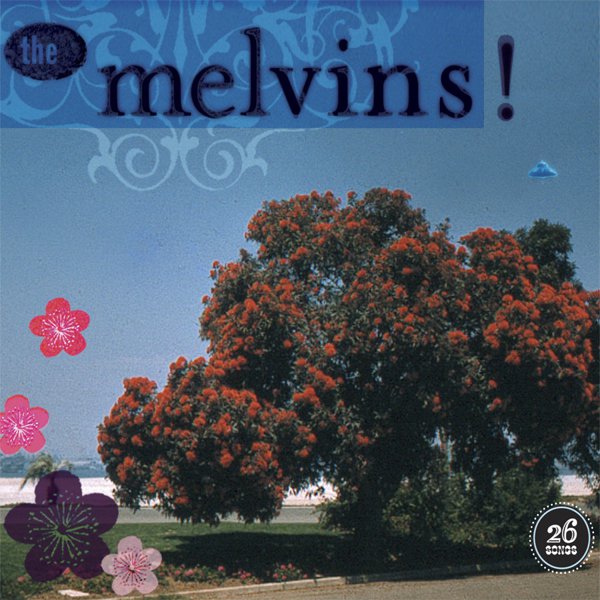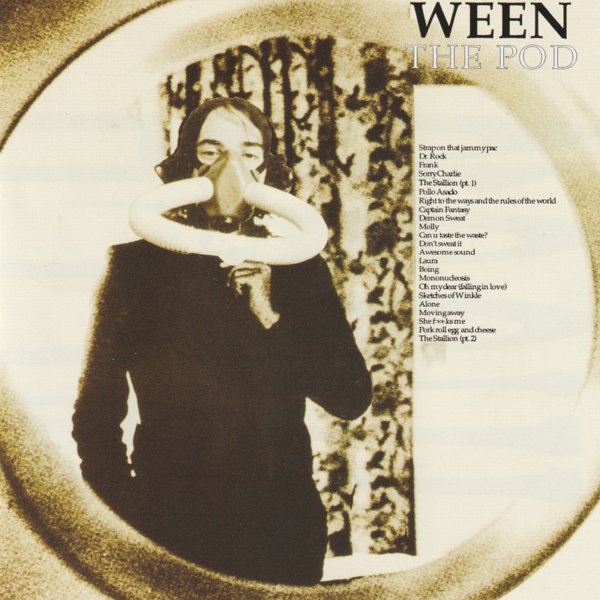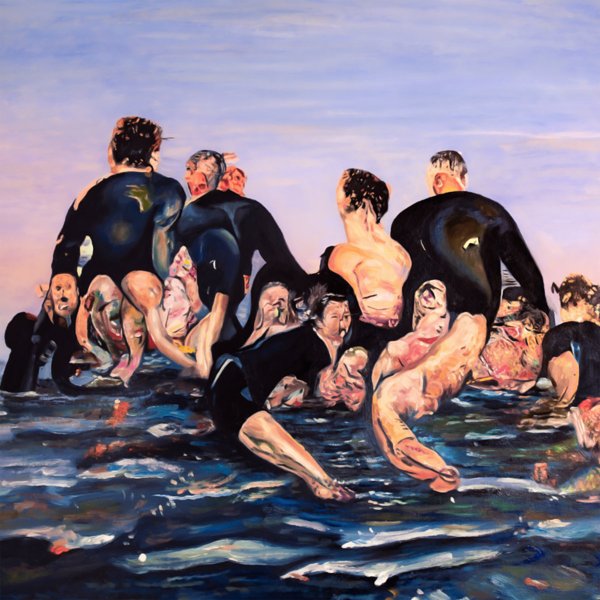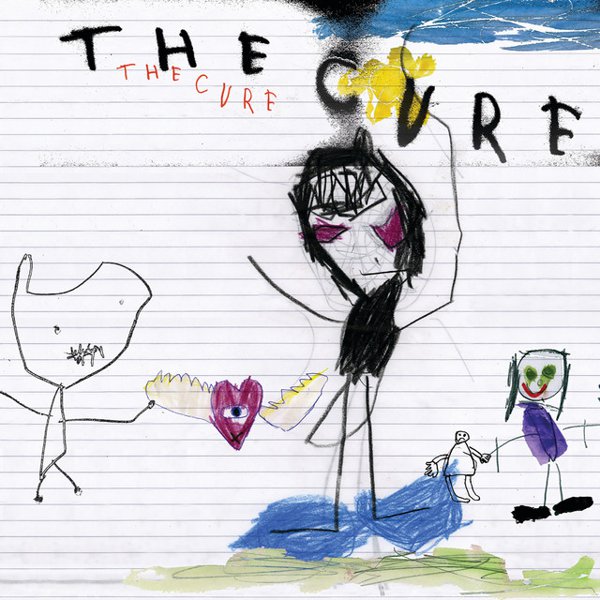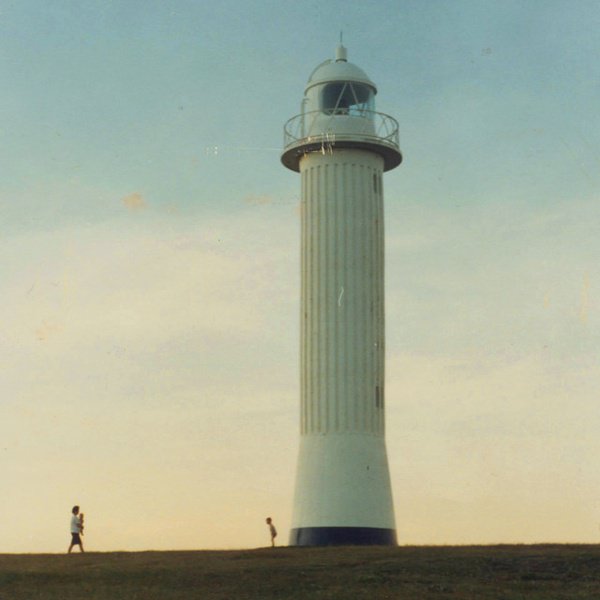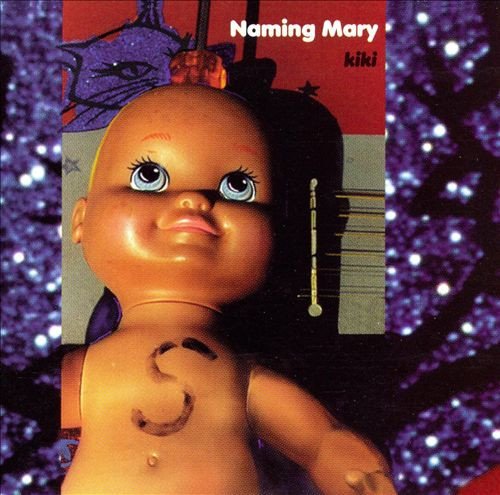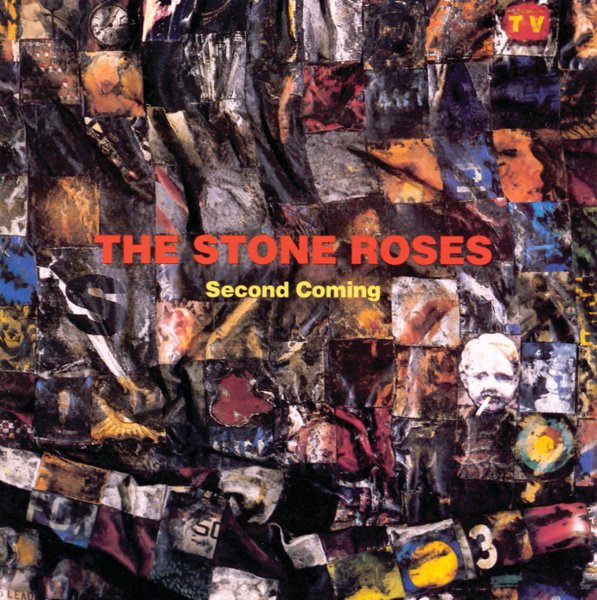
Recommended by
Second Coming
The long-delayed follow up to the Stone Roses’s debut album was also its last, the band slowly collapsing over the next two years into a parody of itself on stage and the album successful enough but lost a bit in Britpop’s building mania. But Second Coming still had a lot going for it, the band aiming for a louder, less gossamer experience than the debut provided. The compressed burn of “Love Spreads” was the lead single but even better were songs like the opening building punch of “Breaking Into Heaven” and “Begging You”’s hyperactive dance blast.
The five years it took The Stones Roses to follow up their seminal debut album meant that come 1994 their star had well and truly been eclipsed by the very bands they had inspired. Given its protracted gestation, it seemed an added insult that much of Second Coming still managed to sound half-baked when it eventually arrived (in both writing and production, the likes of “Daybreak” and “Good Times” had been developed little past the jamming stage). Yet the body of tracks recorded with John Leckie that make up the album’s core have a potency that belies Second Coming’s reputation as a dud. Heading down river as if in search of Colonel Kurtz, eleven-minute opener “Breaking Into Heaven”’s heart of darkness is deliciously intoxicating, “Diving South”’s Led Zeppelinisms hurtle along a dizzying chicane of breakbeats while “Ten Storey Love Song” added a muscularity to the blissful jangle with which they had shifted pop’s axis at the dawn of the ‘90s. The innovative backwards loops of “Begging You,” meanwhile, showed an alternative future had they further explored the indie/dance alchemy of “Fool’s Gold” rather than look to rock’s past.

